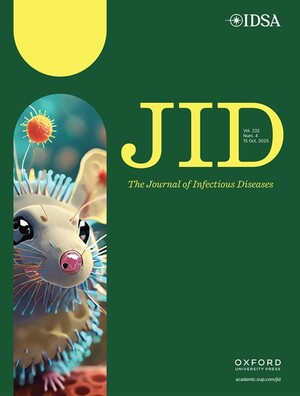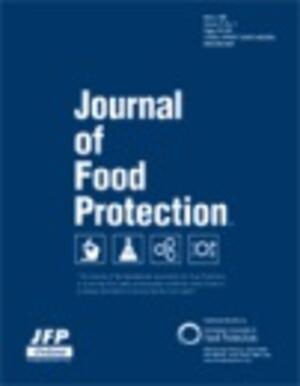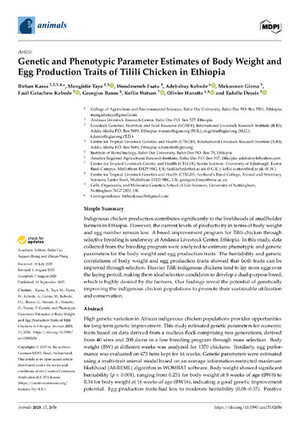
Associations of intrahousehold allocation of animal source food with mother and child nutrition outcomes in low-income informal settlements of Nairobi, Kenya
Abstract
Objectives: Determine if intrahousehold animal source foods (ASF) prioritization and allocation are associated with ASF intake and nutritional outcomes in low-income informal settlements.
Methods: Cross-sectional surveys were conducted in Nairobi, Kenya, in Sept-Oct 2019 with a random sample of 304 low-income mothers with children 6-59 months from wards with high ASF activity. We assessed who mothers prioritized for milk and meat and conducted water and clay experiments to represent milk and meat allocation. Open-ended questions on allocation rationale were thematically analyzed. Mother and child ASF intake was collected with 24-hour recalls. Anthropometrics and hemoglobin were collected. Linear and logistic regressions examined associations between prioritization and allocation with diet and nutrition outcomes, adjusting for child age, gender, household size, and income.
Results: Mothers prioritized children for milk (88%) and meat (57%) but allocated more milk and meat to fathers (both p< 0.001). Most milk and meat were allocated to household heads (29%, 39%) and providers (23%, 24%), and least to those with lower food needs (23%, 38%). Adjusted for energy needs, children received more milk and meat than adults. Children’s dietary intake and nutritional outcomes were associated with prioritization and allocation, but not mothers. Children’s odds of ASF intake increased when they were allocated more milk and reduced when fathers allocated more milk. Children prioritized for meat had higher growth indices: BMI z-score (β: 0.43 [95% CI: 0.10,0.77]), weight-for-height z-score (0.37 [0.07,0.68]). Prioritization to adults was not associated with child growth indices. Allocation of milk to mothers was negatively associated with child BMI z-score (-1.91 [-3.78,-0.05]), while allocation of meat to mothers was positively associated with child weight-for-age z-score (1.85 [0.06,3.64]). Allocation to children and fathers was not associated with mother or child nutrition outcomes.
Conclusions: Intrahousehold ASF prioritization and allocation associated with child nutrition outcomes, but only allocation associated with child diet. Understanding food allocation dynamics is important to target vulnerable household members in low-income settings.
Citation
Boncyk, M., Blake, C.E., Lepine, A., Prieto-Merino, D., Bukachi, S.A., Ngutu, M., Kadiyala, S. and Dominguez-Salas, P. 2024. Associations of intrahousehold allocation of animal source food with mother and child nutrition outcomes in low-income informal settlements of Nairobi, Kenya. Current Developments in Nutrition 8(Supplement 2): 103138.










